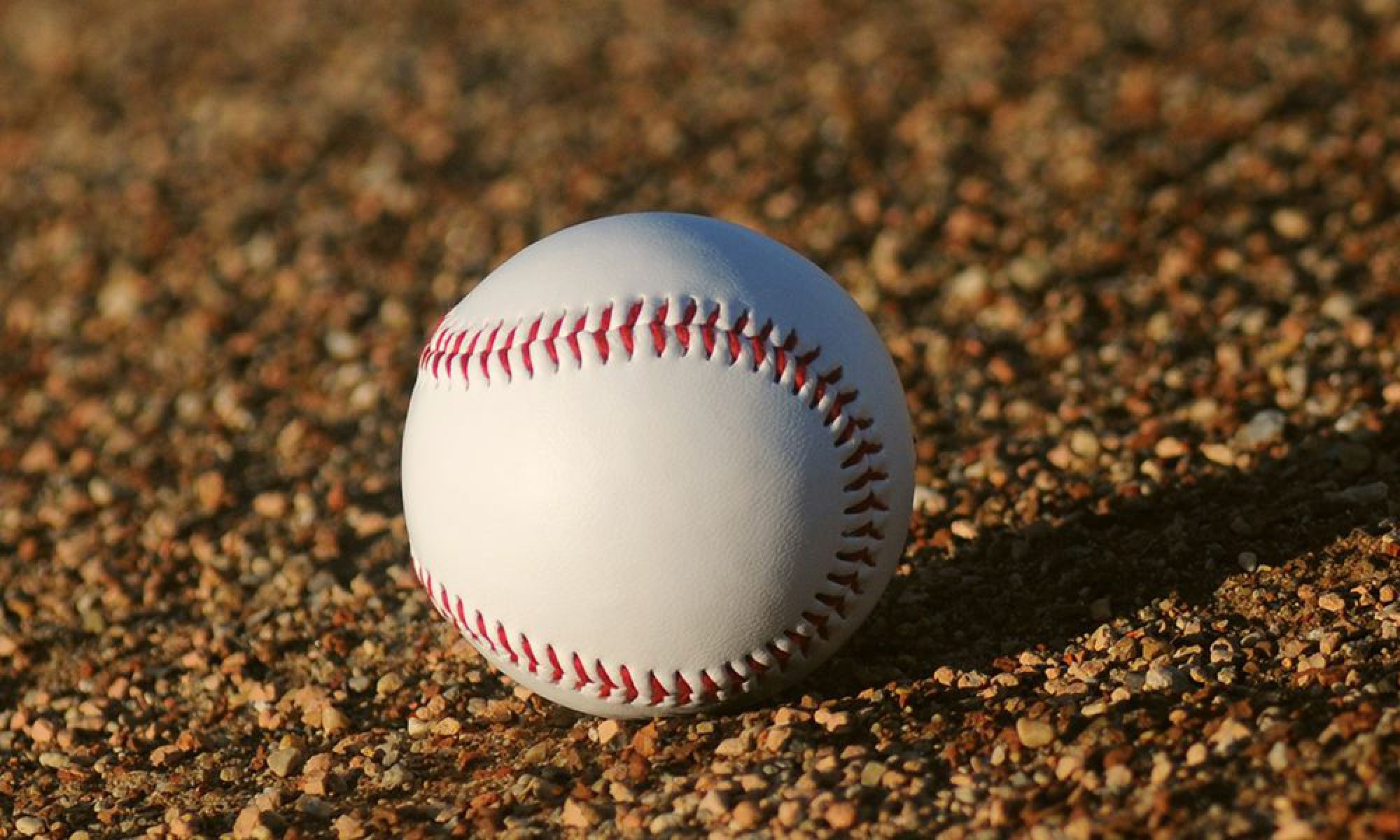Tips for Winning Fantasy Baseball Leagues
Winning fantasy baseball, might not be as easy as it looks. One of the most difficult things about providing the information on this web site is not knowing the skill levels of you, our readers. From the Emails and message-board requests I have received, it seems as if most of you are way past the “What does WHIP mean?” or “What’s 4X4?” stage.
For all levels
However, I have to try to bridge gaps between any reader’s knowledge and what it will take for him to be winning fantasy baseball. So bear with me if some of what I say is too elementary, or too advanced for you. And if at any time you don’t understand something you read on this site, or if I’m going too slowly or too fast for me, let me know through those same Emails and message boards.
OK, now here we go with 10 tried-and-true tips for you to remember and to help you win.

1. Fantasy baseball is not real baseball
Therefore, a player’s value in winning fantasy baseball is not the same as his value in the major leagues. For example, Barry Bonds’ walks – or Rickey Henderson’s in his heyday – are important in a major league lineup but have no value whatsoever in a fantasy league that doesn’t count runs or on-base percentage or points for walks.
2. There are lots of ways to play
The differences that separate those ways can be very subtle – or not subtle at all. I equate winning fantasy baseball with writing — where there are many ways to get points across, but great differences between writing advertising copy, an objective news article, a sermon, and a legal brief, for just some examples. Also, keep in mind that there are a lot of apps available. Fantasy-sports.app has some great reviews of Fantasy Baseball apps.
In formulating a plan for your own league, bear in mind the differences between Rotisserie ® leagues and head-to-head play, 4X4 and 5X5 and more exotic combinations that make up the myriad ways to play fantasy baseball.
3. Position scarcity and relative value
These concepts mean that some positions have far fewer good players than others, making the few good players relatively more valuable. This scarcity is reflected in the dollar-value difference between a player and others at his position.
Example
For example, let’s say an outfielder and a catcher each have a projected dollar value of $15. If the next four outfielders each have a value of $14, but the next-highest catcher is at $12, clearly the $15 catcher has a higher relative value than the $15 outfielder.
Catcher
You’d want to take the $15 catcher so you’d get $3 more worth of production than the next-best catcher. Chances are one of the $14 outfielders would be available next time around, so you’d have $2 more value (15+14=29) than if you’d taken the $15 outfielder and been fortunate enough to get the $12 catcher (15+12=27).
4. Statistical scarcity
It’s obvious that pitchers will have far more strikeouts than wins. Less obvious is that there will be fewer saves than wins. As long as your league gives equal weight to each of those three pitching categories, each win will have greater value than each strikeout, and each save will have even greater value. That’s why top closers are so valuable in most fantasy leagues.
5. Age
Studies have shown that more players have their peak, or career, years at age 27 than at any other. Not all players, of course, but you’ll find the vast majority of players peak between the ages of 25 and 29. That doesn’t mean that you want to fill your roster with 27-year-olds. But it does mean that you don’t want a roster full of players in their 30s, or even those aged 22 and 23.
6. Rookies
That brings me to my next point. As a general rule, the best rookies are last year’s rookies. Trying to get an edge, fantasy players eagerly await news of the year’s top first-year major leaguers. The problem is that the best prospects don’t always perform at, or even near, their peak performance. After all, they’re not usually close to 27 years old – and if they are that old without significant major league experience, they’re probably not going to be in the show very long anyway.
More interest
The effect of the heightened interest in rookies – and you’ve heard the names this year of Victor Martinez, Miguel Olivo, Brandon Phillips, Rocco Baldelli, John Patterson, etc. – is that the demand drives up their prices in auctions or causes them to be drafted sooner than they should be. That makes it even more difficult to perform up to the level the eager owners expect.
Failed rookies
If you’ve played fantasy ball for any length of time, you know there are certain players you wouldn’t choose again because they’ve burned you once. That’s the effect “failed” rookies have in the next year’s draft. Their price goes down, so they’re usually available in their second year at less than the value they produce. That’s the time to step in.

7. Second-half statistics
If you have an interest in a player who played well for half of the previous season, and not so well during the other half, it’s best to take a strong second-half performer. That’s the part of last season closest to this season, and the player’s improvement could indicate ongoing maturation or a new pitch or batting approach that will result in a continued high-performance level.
8. Avoid weaknesses
It isn’t necessary to have the top total in every category – or even in any category at all – to win a league title. But if you have the lowest total in any category, you’re probably not going to be able to win. The impact of having just one point in a category is very difficult to overcome. That’s why blowing off one category to concentrate on others usually is a losing strategy.
9. Follow the money
This applies to auction leagues. If yours is a keeper league, where some players are kept from year to year, you need to know going in that just as many players aren’t available, a certain amount of salary-cap money also isn’t available. Winning fantasy baseball requires you to follow where the money goes. Keep track of each other owner’s available money and player needs. That can help you maximize your own salary-cap money and beat your opponents to better players.
10. Final tip
The final tip, of course, is to keep following the advice you’ll see at www.fantasybaseballscout.com. And for you higher rollers, we’ll have additional, advanced tips for members at www.fantasybaseballscout.com. Join now.
